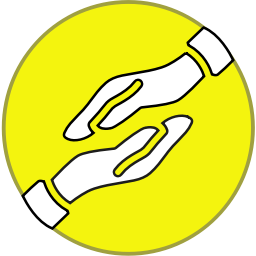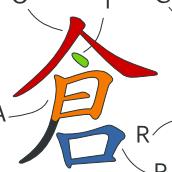Progress is Slow
I have not abandoned the project...I am still struggling with memorizing the secondary symbols. I have most of them down, but I struggle with the secondary symbols that fall under: 心,尸,and 山. Especially 心. I suppose this is because so many of them seem like a stretch (in my humble opinion). But mostly it is my own fault. I am terrible about remembering to do my Anki decks daily. Suppose part of that is because I hate flash cards to begin with. Seems like I can only remember on the weekends when my head doesn't get full with stuff from work.
I found a really great app for a smartphone (iPhone and Android) for practicing Cangjie recognition and the keyboard. It is called 五色學倉頡 by Kotech (www.koketch.hk). It has a practice mode where you can pick three different levels: easy, intermediate, and difficult. It presents you with a Chinese character that is split into components by color. It also provides a Cangjie keyboard. The goal is to try to correctly input the character without mistakes. I much prefer this to reviewing my Anki deck.
So I've set a goal to memorize those secondary symbols by the end of the month, or.....well, frankly I'll just keep going at it, I'm stubborn. But I want to try to reach this goal by the end of the month in all seriousness. Perhaps I'll try positive reinforcement--if I achieve the goal, maybe then I'll treat myself to a nice lunch?
-
 1
1
-
 1
1


9 Comments
Recommended Comments